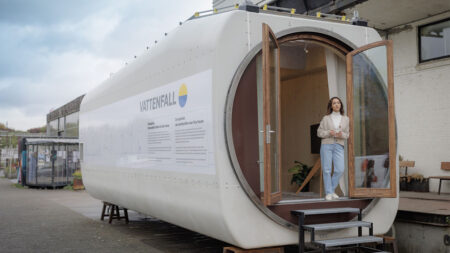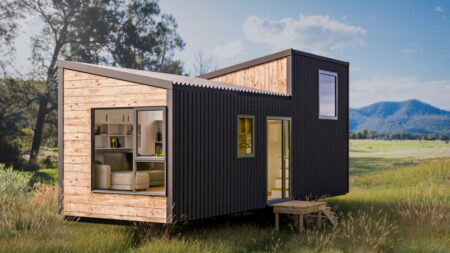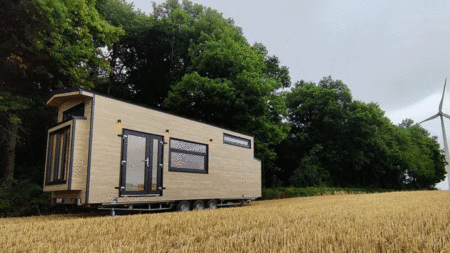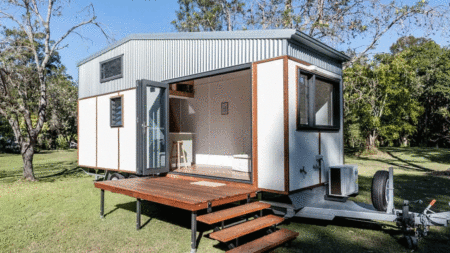Initially, high rental costs were the reason for the tiny house movement gaining popularity in the US, Europe, and Australia. Later on, they became an enticing downsized living alternative to traditional houses and dazzled buyers with benefits ranging from affordable housing and less clutter to portability and low footprint. It has gained so much love and popularity across the world over the past decade that people are now coming up with creative construction materials while solving ecological issues.
Case in point, a man in Bali, Indonesia, has built a recycled tiny house from 35,000 plastic bags and other waste. Gary Bencheghib, an environmental activist literally took the ‘yield a reduced environmental impact’ concept by heart and made a compact dwelling from plastic collected from Bali’s rivers and coastline. The eco-activist turned trash into a well-furnished home that features a bedroom, kitchen, and bathroom.
The tiny house meets its power requirements through solar panels placed on the top of the tiny house’s roof. There is a bit of obscurity about how water supply and wastewater are set up, but based on sources, overhead water tanks fulfill the need on the island which might be the case with this eco tiny house as well.
While the exterior of the tiny house is clad in plastics, the interior features a 12-meter-square tiny living space that is equipped with a king-size bed, a recycled kitchen with sink, and a bathroom.
“I decided that why not recycle the plastics that we’re collecting from the rivers, and really show what we can do with it. So, this has been a personal project but really an experiment that we can really make amazing things out of trash,” stated Gary Bencheghib on the design.
Also Read: Interview With D’Arcy McNaughton, Founder of Acorn Tiny Homes
Gary Bencheghib started a movement in 2020 named ‘Sungai Watch’ to combat plastic pollution cleaning up clogged rivers, littered beaches, and illegal trash dumping sites and today after nearly three years he has a tiny house made from plastic.
Many still continue to argue that it’s more environmentally friendly to build a house from natural materials like dirt and bamboo as plastic may end up leaching microplastic into nature under scorching heat and heavy rainfall. Nevertheless, considering Gary’s goal of cleaning plastic waste from rivers, the design does have an ecological benefit.
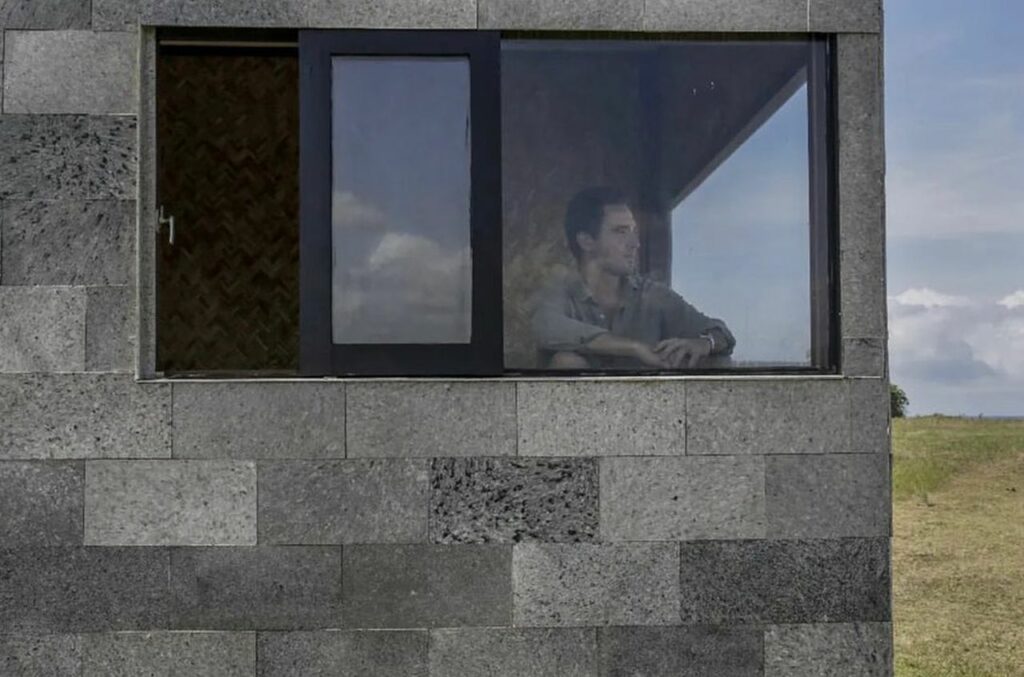
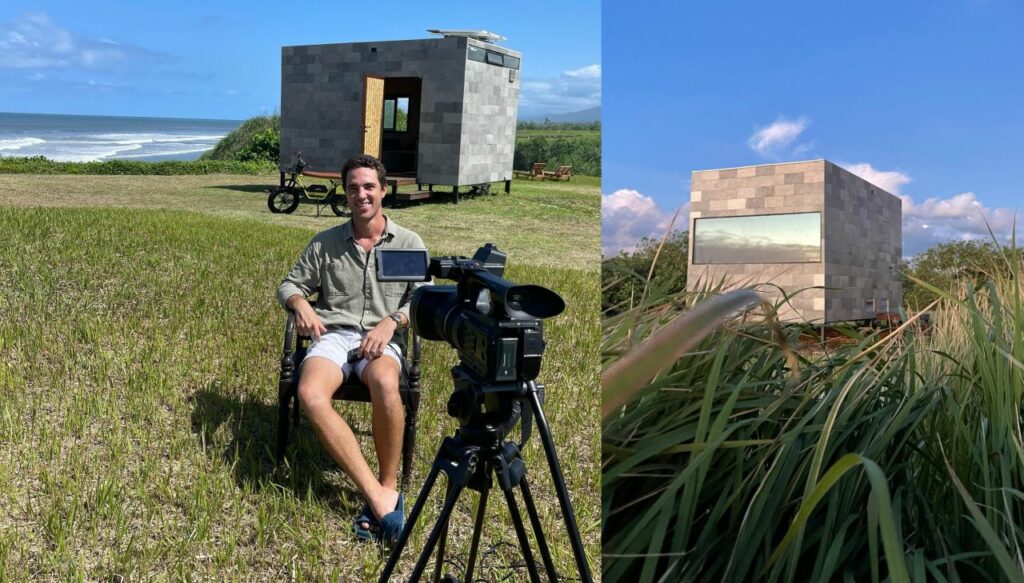
Follow Homecrux on Google News!

